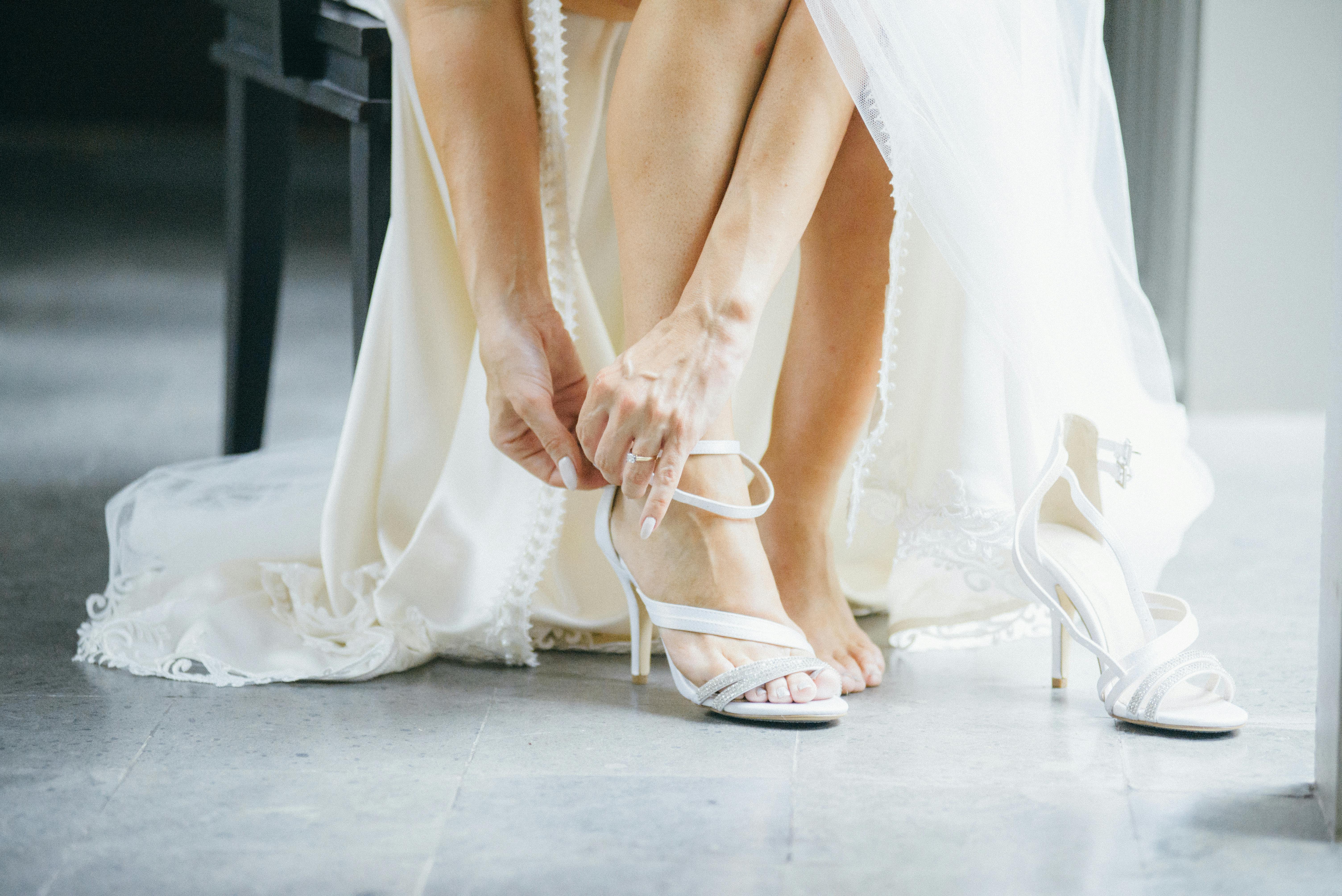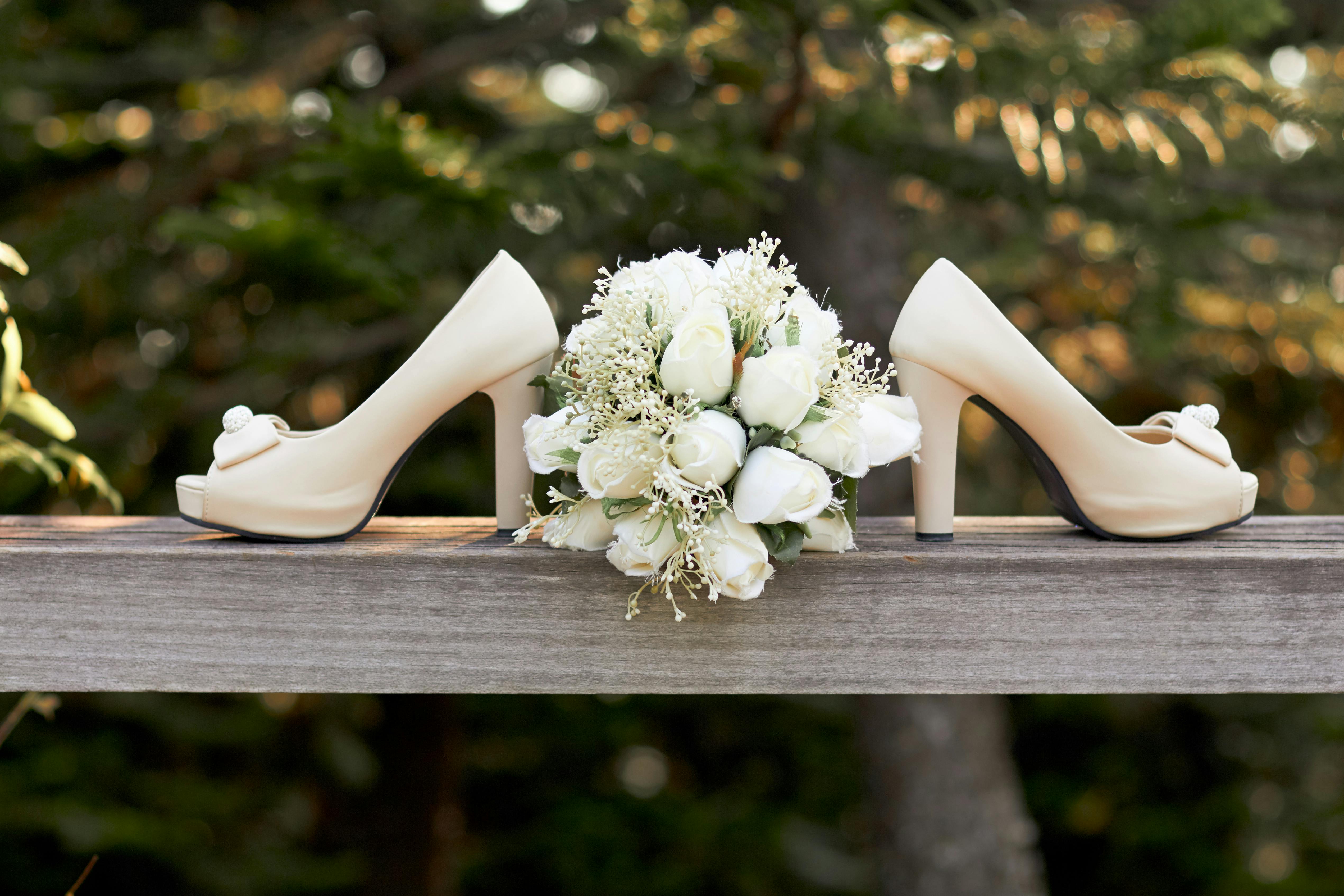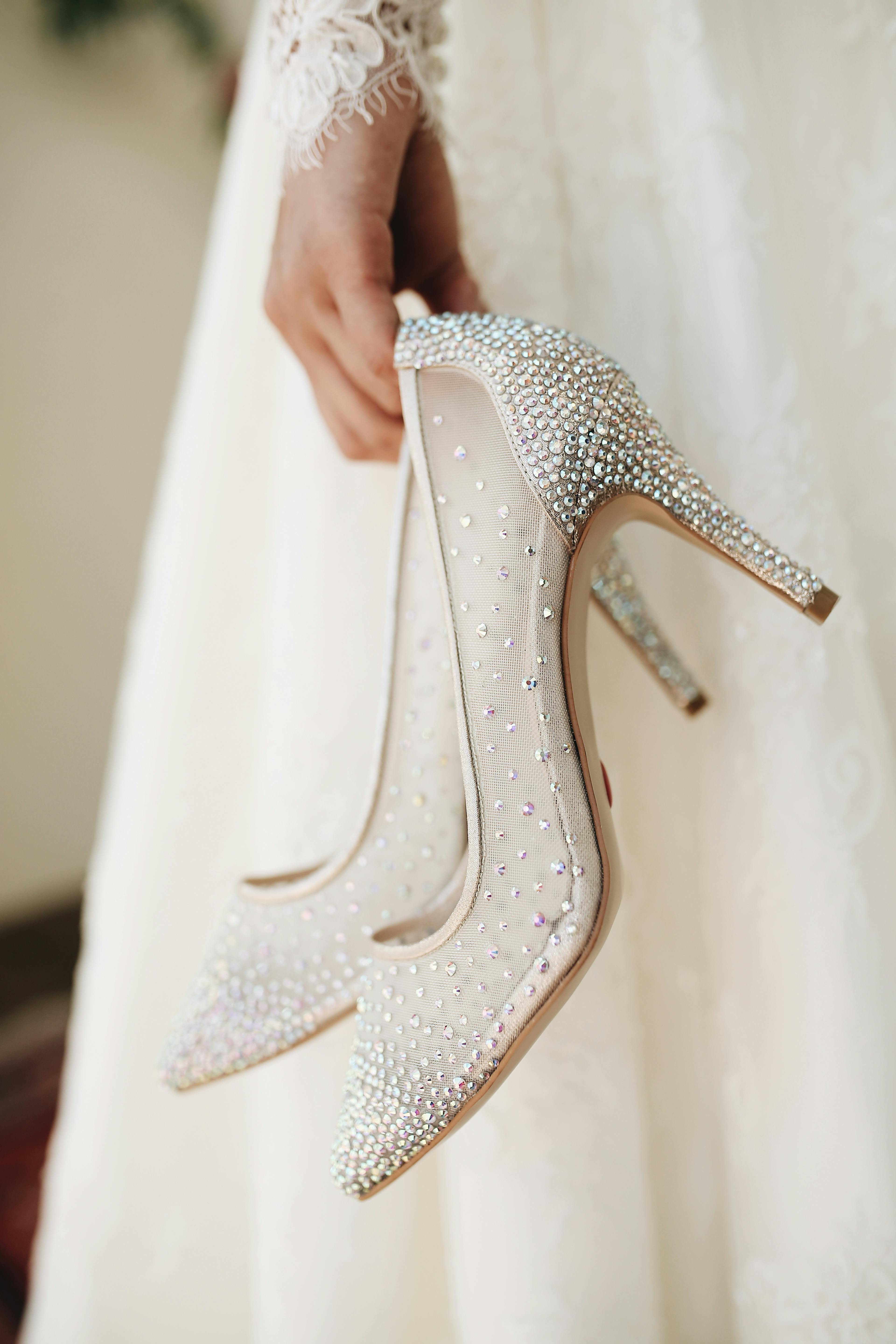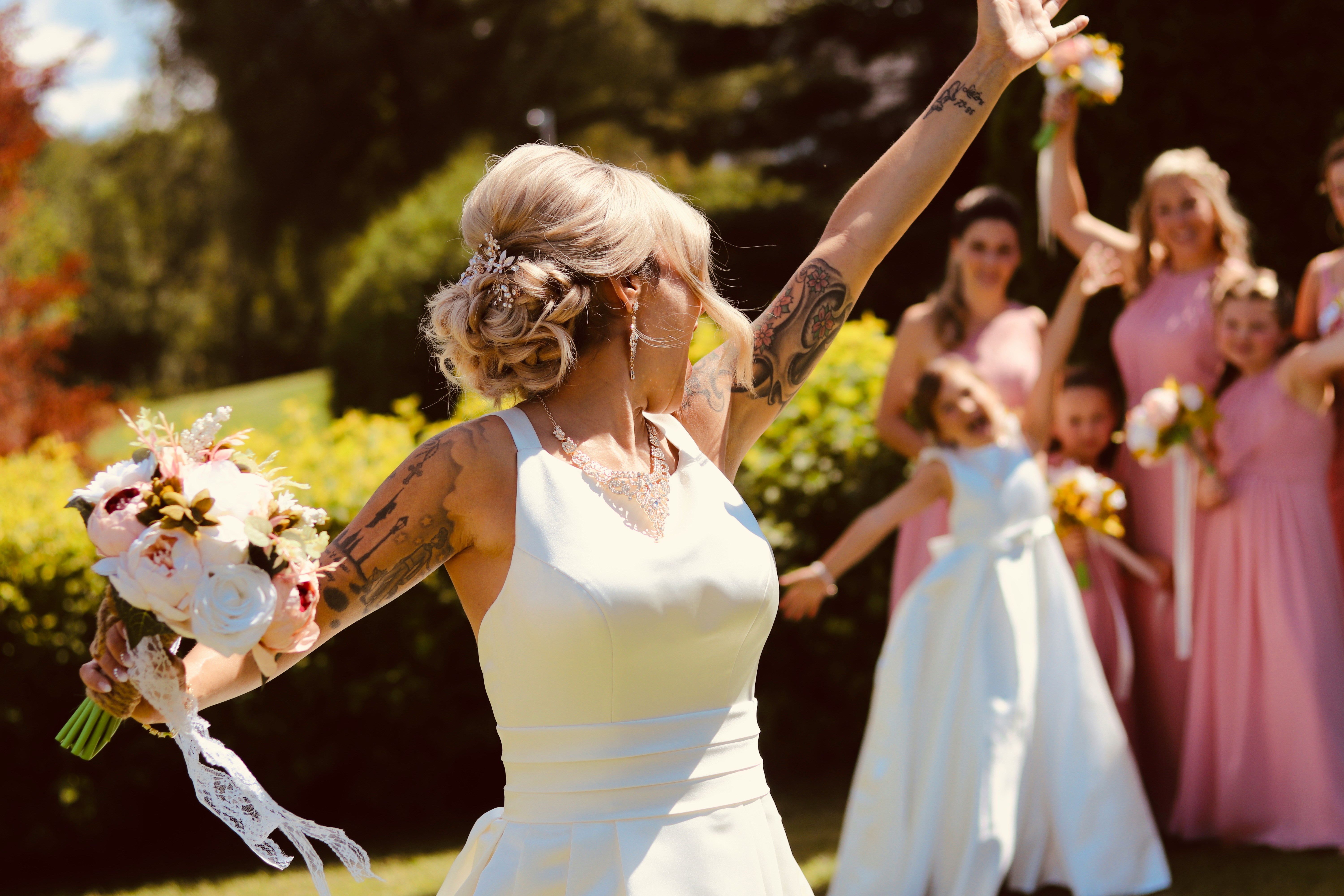How to Break in Wedding Heels, According to a Stylist

Although the idea of floating down the aisle in style is every wedding dream, nobody wants to grimace through the hours in painful, too-tight heels. Similar to choosing the ideal dress, finding the ideal pair of wedding shoes is a key part of planning. And with so many sexy possibilities out there, it’s increasingly tough to resist a gorgeous pair that, let’s be honest, could practically be a medieval torture device.
So, how can you ensure that your heels feel comfortable enough to last through a full day of celebration? The solution is straightforward: Pick a pair that fits right and wear them in plenty of time for the big day. High heels are constructed of fairly stiff materials, most of the time, so breaking them in to your feet’s shape will save you pain and blisters.
To help you conquer this step, we enlisted fashion designer Natalia Fenwick to reveal her expert advice for making your shoes wedding-appropriate. Here’s what you need to know to ensure your heels are as party-ready as you are.

Start With the Right Fit
Before you even break in your wedding heels, ensure they fit correctly. Enough space in the toe box to wiggle your toes while your heel doesn’t slide out the back, in other words. Once you’ve determined the perfect fit, you’re ready to start breaking those in.
“First, I like to scuff the soles up a little so I don’t slip,” says Fenwick. “If the shoes are white, a quick burst of clear hairspray also does the trick.” If it's wet out, the soles grip just that much better, and the inside of the shoe gains just a bit of tack, ensuring that you don't lose your feet.
And yes, it might seem counterintuitive to want to scuff up a fresh pair of shoes, but no one is going to be taking a look at the bottoms of your heels. And slippery soles are an accident waiting to happen — especially when you’re on the way down the aisle.
Walk It Out
Next up: movement. “Try wearing your shoes around the house for a few hours,” Fenwick suggests. “If you have a treadmill, that’s all the better. You will quickly feel pressure points and areas that could use extra support or protection.” Be it a blister pad or a gel insert, tiny tweaks can have major impacts.
It typically takes a few wears to break in your shoes. Begin with something in the range of 20–30 minutes and go up from there. Don’t overexert yourself — if your feet start to hurt or blister, take a break.
For heels that are tad too tight, Fenwick suggests trying the sock-and-hairdryer technique: “Wear some thick socks, put the shoes on and blast them with a hairdryer. Then walk around in it until the shoes are completely cool.” This method aids in the breaking in process of the material which will better mold to the shape of your feet. You can do this a two or three times, if necessary.

How Long Does It Take?
There is no single timetable for breaking in heels. “It varies person to person,” says Fenwick. Not everyone forms blisters as readily, or needs as much time to acclimate to stiff shoes.”
Others might find their shoes are heavenly by the time they’ve worn them just a few times. Others — particularly those who have wider or narrower feet — may have a longer journey. You know the shoes are good to go when you can wear them for hours and hours without causing much discomfort. And while heels are not typically comfortable, they should not have you limping.
“If you’re able to walk around your home in them for an hour or two without discomfort,” says Fenwick, “then you’re in a good place.”
Why Bother Breaking Them In?
The day of your wedding, you’ll be standing anywhere from four to twelve hours, minus some crème fraîche on occasion. The last thing you want is sore feet or painful blisters. “It’s a long, emotional day that’s full of happiness and celebration,” Fenwick says. “Having your shoes ready in advance is one less thing to stress about.
And it’s a brilliant opportunity to practice walking in them — especially if you’re not already accustomed to high heels. Becoming acquainted with the heel height itself and how the shoes operate can prevent a slip (literally) on your wedding day or at the reception.

What If You Can’t Get Them to Break In?
Every now and then a pair of shoes just won’t play ball. “In that case, I would wear them for the ceremony, and then change into something comfortable for the reception,” says Fenwick. “Cute white sneakers or flats make great backup.”
Or you could make some adjustments inside the shoe to minimize the friction. Insert cushioned insoles, for example, or apply moleskin to places that rub. And if it’s the straps that are problematic, a mini swipe of deodorant on the affected area can be enough of a barrier to avoid blisters.
If you are rock-solid devoted to a pair that is giving you trouble, blister pads or Dr. Scholl’s adhesive guards can perform miracles. Just make sure to try them out ahead of time and not five minutes before the epic walk down the aisle.
Always Have a Plan B
You might be killer in your heels, but always pack a second pair. “Search out an equally looking pair with a lower heel,” Fenwick recommends. “Or literally kick them off and dance barefoot. Either way, just don’t let your comfort take a back seat on your special day.”
Allow your heels to carry you through your celebration — not be the reason you remember it but not for the right reasons. With the right prep, your shoes can be every bit as comfortable as they are attractive.


